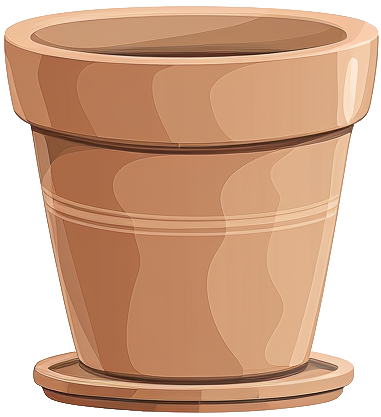- anthurium
- marmoratum

anthurium
marmoratum
marmoratum
Care level
Difficult
Popularity
Moderate
This plant is recognized by its large leaves that have a soft, velvety surface, sometimes showing speckles of reddish or grayish green, and are much longer than they are wide. It can grow attached to trees or directly in the ground, featuring very long leaf stalks.
Care & maintenance
Light
All areas of your interior that are roughly equidistant between shade and sun. These areas benefit from slight brightness throughout the day.
Temperature
Wide range (15°C - 28°C)
Fertilization frequency
Moderate
Monthly during the growing period.
Soil
Choose a Epiphyte mix: An extremely well-draining, airy substrate that mimics tree bark. Allows roots to breathe while providing intermittent moisture.
If you want to create your own substrate, you can make a mixture of the following soils:
Click on the soil name for more information.
Pot

Standard size
Prefer a pot with a classic width/depth ratio.
Incorrect or incomplete information?
In our goal of building the best plant database, we sometimes make mistakes or have incomplete information. You can help us fill these gaps!
Features
Size & growth
Very large
Climbing
Moderate growth
This plant grows at a moderate rate. It can reach over 180 cm in height or spread.
It grows upwards by attaching to supports or winding around them.
Toxicity
| Cat | |||
|---|---|---|---|
| Dog | |||
| Human |
Reproduction & propagation
Fruits & flowers
Flowering & not self-pollinating
The anthurium marmoratum can produce flowers and therefore fruits.
This plant is not capable of self-pollination, it will not be able to produce fruits if it is not pollinated by another individual.



